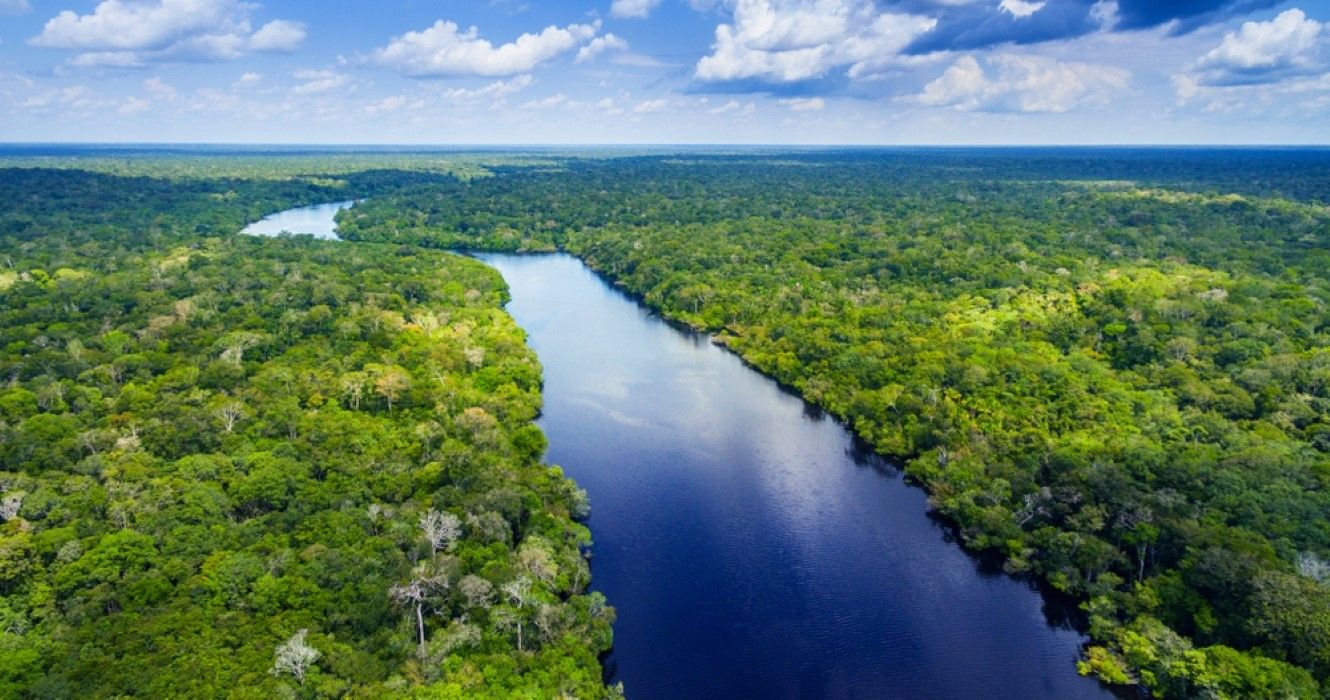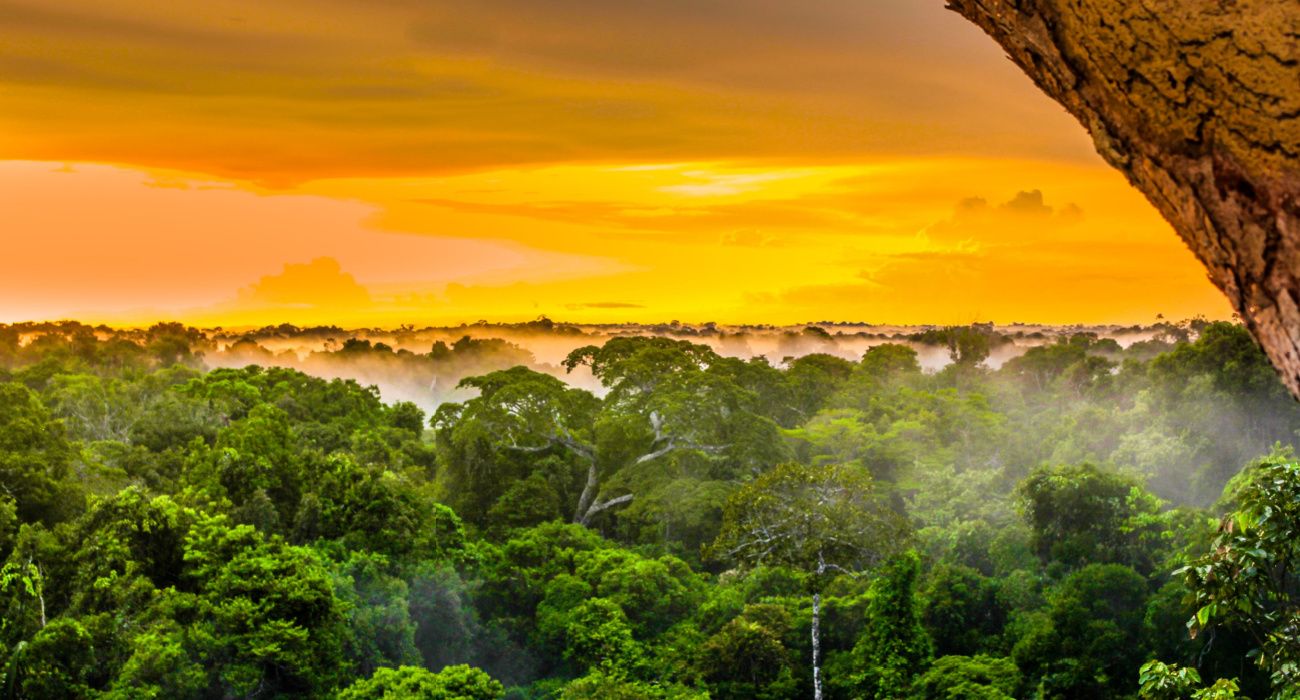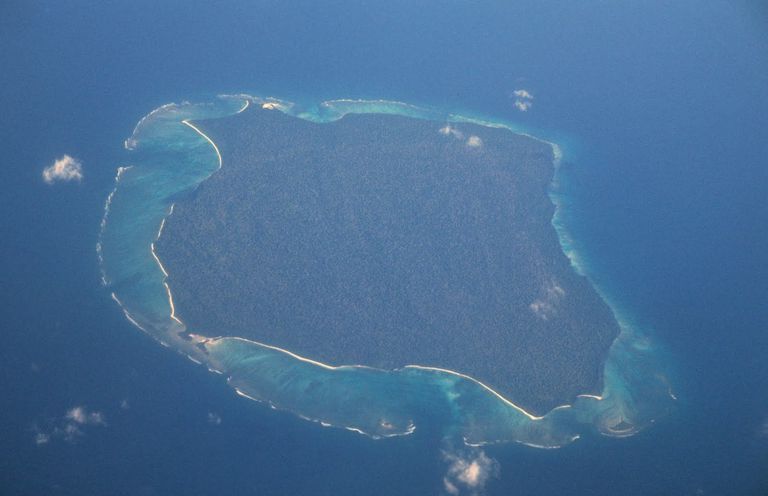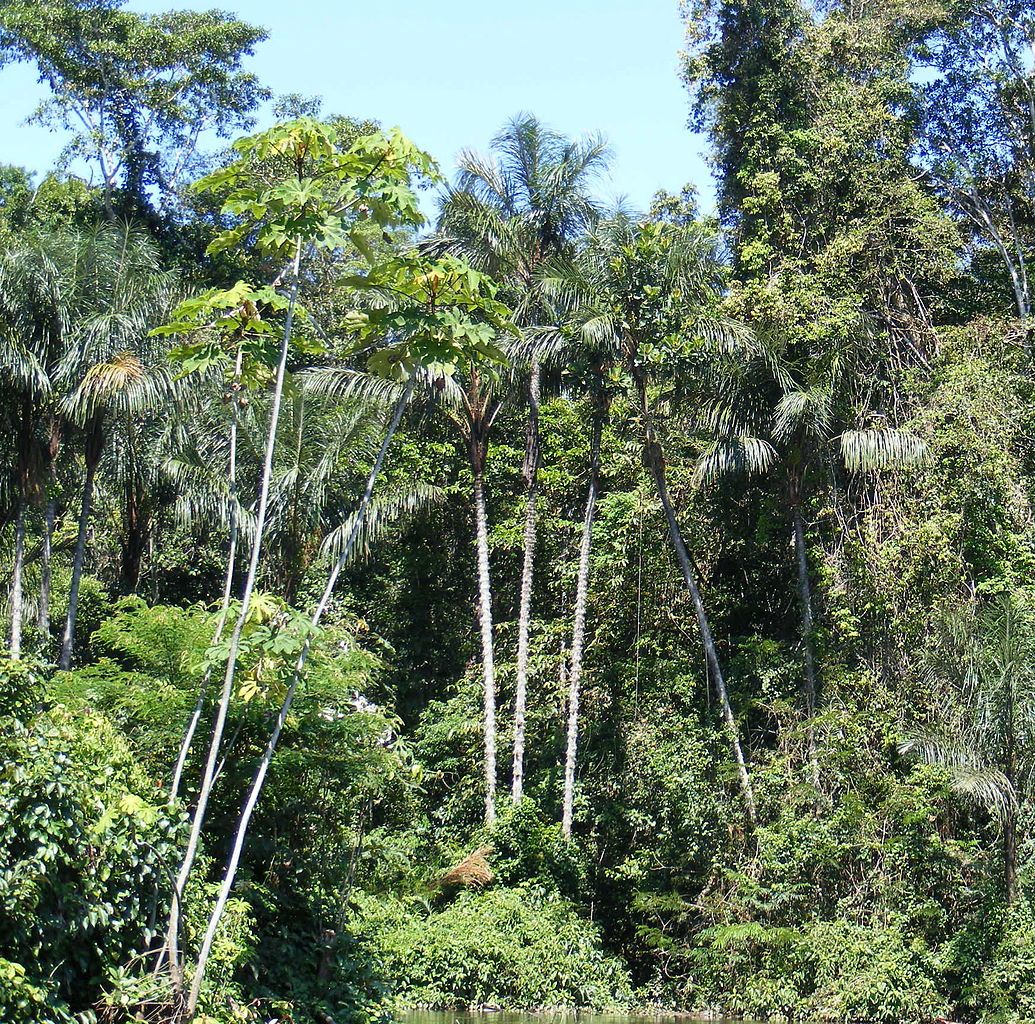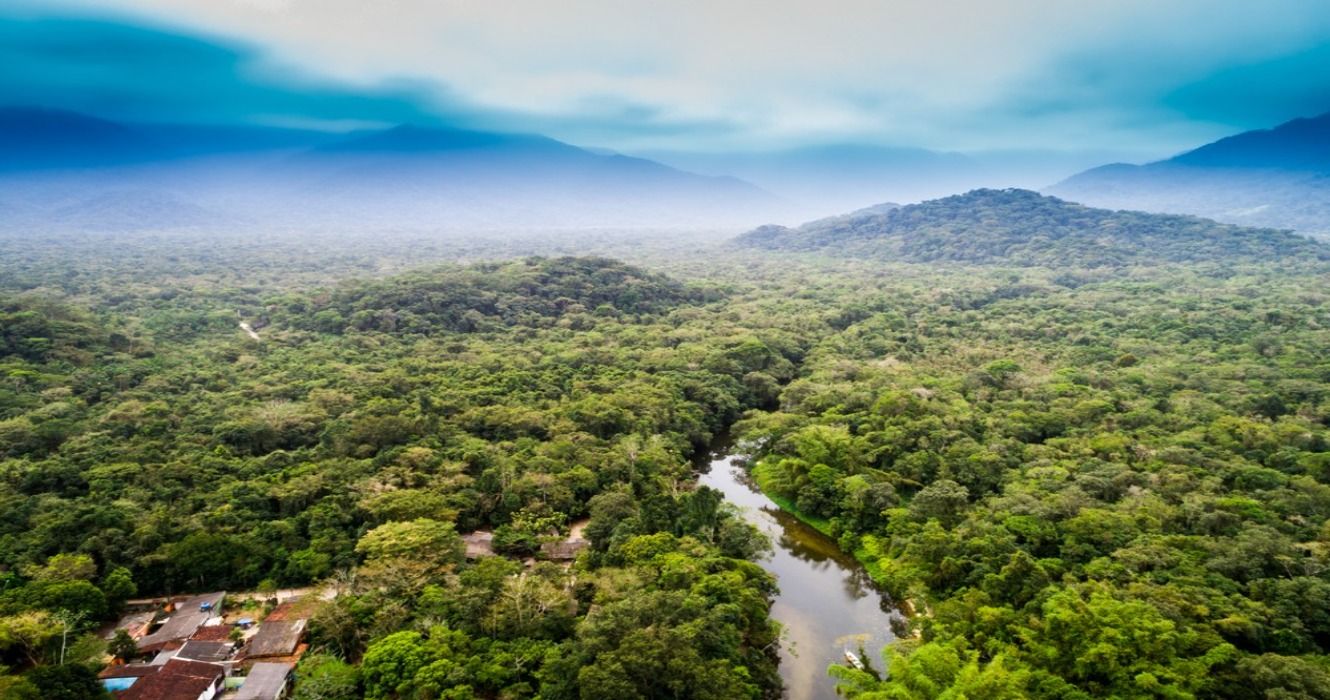Read update
- The Amazon Rainforest Hosts Many Remote Tribes That Still Exist
Summary
- Isolated tribes in the Amazon Rainforest are highly susceptible to disease and health pandemics due to lack of immunity to modernized people and technology.
- Many tribes in the Amazon Rainforest are known for their hostility and violence towards outsiders who trespass on their land.
- The Mashco-Piro tribe in Peru has been emerging and seeking contact with the outside world, but encounters have resulted in violence and theft.
With an unconfirmed number of undiscovered and uncontacted civilizations/tribes around the world, hundreds have been discovered in Brazil and Peru. Some of these tribes have been contacted, while others have been discovered from an aerial view that oversaw makeshift homes and boats. Unfortunately, it is unlikely that any scientists will continue to receive permission to explore isolated tribes, as it breaches the law set forth by the Department of Native Isolated People, which indicates no modernized man, woman, or machinery can enter these remote islands as not to cause wide extinction from disease and illness.
As each tribe has kept to their own corners of the world, without exploring past their land, tribes have also not built up the property immunity to modernized people and technology, making them easily susceptible to a disease and health pandemic that can wipe out their entire population. In fact, there has even been a tribe in the Amazon that is left with a single member, venturing off into the rainforest by himself as a cause of illness.
Many tribes have been known for being violent and are likely to attack those who try to trespass on their land. They have built handmade spears, bows, and arrows as defense mechanisms to fight off unwanted guests. Lately, the media has heard of a few missing persons who later were found to be taken or murdered by tribe members once they passed the barrier lines. Many cities have mysteries and things uncovered, with tribes worldwide still being fairly unknown.
UPDATE: 2023/11/24 18:18 EST BY NOAH STAATS
The Amazon Rainforest Hosts Many Remote Tribes That Still Exist
This article has been refreshed with an additional tribe in the Amazon Rainforest and expanded talking points for existing tribes. Although many islands worldwide host tribes, the Amazon Rainforest proves to be a safe space for them to live, grow food, and hunt.
The Uncontacted "Awa" Are A Tribe Of Roughly 600
While there are over a hundred unknown and uncontacted tribes left in the Amazon of Brazil, some that are down to their very last members, there is a tribe that scientists believe is called the Awa tribe. As they have never wanted contact with other isolated tribes from the rainforest or those that have tried to make contact from a more modernized exterior, scientists believe that this is a direct result of a health crisis that once reached their tribe, resulting in many deaths and loss of their forest homes. The Awa tribe that is currently known to occupy the Acre state is believed to have been in contact with the rubber boom, which was a direct result of mass deaths and enslavement.
The Awa people are nomadic hunter-gatherers, so they are constantly on the move to find a new temporary settlement. They can build their homes in a matter of hours and can abandon them just a few short days later, escaping through valleys and hidden paths to their next location.
As they are constantly adapting to various situations and scenarios, the people of the Awa tribe have been known to be occasionally hostile and have even been photographed trying to launch homemade spears and arrows. Here are 25 things hidden deep within the Amazon Rainforest that we still don't know much about.
- Known for: These people are always moving and adapting and can be somewhat hostile.
The Sentinelese Tribe Have Lived The Same Way For 55,000 Years
The Sentinelese tribe lived on a remote forested island roughly the same size as Manhattan. They just have a much smaller population. As explorers and scientists continue to contact the tribe that has occupied North Sentinel for what is expected to be 55,000 years, the Sentinelese continue to resist new and approaching onlookers. Violently, the Sentinelese tribe is known to be extremely hostile and has no fear of attacking anyone who comes close to their land, whether it’s by boat or overlooking an aerial view through a helicopter or plane. In fact, in 2006, two Indian fishermen were killed by the Sentinelese after their boat broke loose from their ankers and drifted onto North Sentinel land.
Though it is not uncommon for tribes to be discouraged from unwanted visitors, the Sentinelese tribe has watched neighboring tribes completely wipe out due to infectious diseases brought by wandering visitors and the increased risk that the tribes have no immunity to such foreign illnesses. The Sentinelese tribe are hunter-gatherers who traditionally hunt in the forests and fish in the ocean. Additionally, they have been photographed offering peace gestures with coconuts, but still do wish to have contact with the outside.
The Sentinelese women have been photographed wearing fiber strings around their waists, necks, and heads, as the men wear similar materials as necklaces, thick belts, and headbands. Men also make spears, bows, and arrows with metals that have washed ashore or recovered for neighboring shipwrecks.
- Known for: The Sentinelese people often scrap from shipwrecks and are not always friendly to strangers.
The Mashco-Piro Of Peru Has Started To Emerge
Emerging from the Peruvian rainforest, the Mascho-Piro tribe has been emerging and looking to make contact with the outside world. Small groups of Mascho started to explore and discover the tribe in the Amazon Rainforest after a well-known self-appointed liaison, Nicolas Flores, was killed after years of communication between the Masco-Piro tribe and neighboring tribes.
The Mascho-Piro tribe has been known for their friendly approach to newcomers, including being flirty and curious at the same time. However, these behaviors have been linked to wanting to raid explorers and steal food.
Unfortunately, there have been a few encounters with the Mascho-Piro tribe that attracted unwelcome media attention, especially after their most recent killing of a local in May 2015. Thankfully, the Department of Native Isolated People announced a new law to stay away from any isolated tribe as the governments would prefer not to interfere with such indigenous groups. Again, there are endless reasons to stay far from the Amazon, especially with hostile groups not wanting strangers in their backyard.
- Known for: Flirting and being friendly to get food or other items from strangers.
The Korubo Tribe Living In The Lower Vale do Javari, Western Amazon Basin
As another tribe living in the remote Amazon Rainforest, the Korubo people are known to be the "clubber Indians" because of their war clubs and violent tendencies toward other tribes and strangers. It's also worth mentioning that the Korubo tribe hunts using blowpipes and long wooden clubs and is known to be incredibly territorial. Therefore, it's not worth it to try and enter a space where these people live or contact them in any way.
They also have a great knowledge of agriculture, so growing food is a specialty of this tribe. There are also 500+ people living among the Korubo tribe, so this is a somewhat small, remote Amazonian tribe that is better left unbothered. What's also interesting is the Korubo tribe and many of the remote tribes in this list/in general, live in the Amazon Rainforest, as it provides a safe space for them to live, grow food, and defend themselves and their communities.
- Known for: Being violent/territorial towards other people and tribes and prolific in agriculture.

